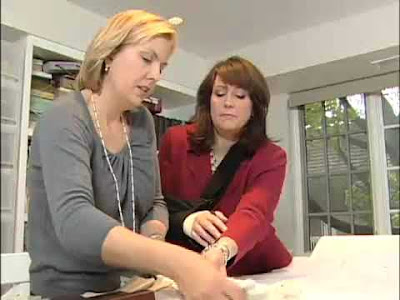 A broken or fractured hip resulting from a serious fall or accident would require hospitalization. It may not be common among youngsters as they tend to have strong bones which can tolerate the impact better. While surgery may be required for some, physical therapy for broken hip would be necessary for all especially as one would eventually have to overcome pain and restore the body's range of motion.
A broken or fractured hip resulting from a serious fall or accident would require hospitalization. It may not be common among youngsters as they tend to have strong bones which can tolerate the impact better. While surgery may be required for some, physical therapy for broken hip would be necessary for all especially as one would eventually have to overcome pain and restore the body's range of motion.Rehabilitation and Therapeutic Sessions

Rehabilitation and therapeutic sessions would commence as soon as possible. Physiotherapists start by helping patients walk. This prevents complications such as blood clots, joint stiffness and worsening of pain. A cane or walker would help patients in moving about gradually. Certain therapeutic exercises would help to improve the body's strength and mobility. The physiotherapists would assist patients in gait training for balance and coordination.
The therapy sessions are not limited to the hospital alone; some can be performed at home that may include functional training activities such as stretching and resistance training. This would enhance the body's endurance, thereby making it more capable of  withstanding future accidents and reducing the chances of serious injuries.
withstanding future accidents and reducing the chances of serious injuries.
The intensity, frequency and duration of the sessions required for the patient would be determined by the physiotherapists, taking into consideration the patient's age, type of hip fracture, level of mobility and many other factors. The condition of the patient would improve gradually in progressive stages. Some tend to recover faster while others may need more time and support. However, one should continue physical therapy till one is able to move about independently without pain or difficulty.
Treatment from Licensed Practitioner
Physical therapy for broken hip is very effective and safe if one follows the instructions to the point from a licensed practitioner. There are quite a few health care facilities which offer comprehensive treatment programs for all ages. Special counseling sessions are also given to help patients become more aware of their condition and help them exercise caution at all times.
No comments:
Post a Comment